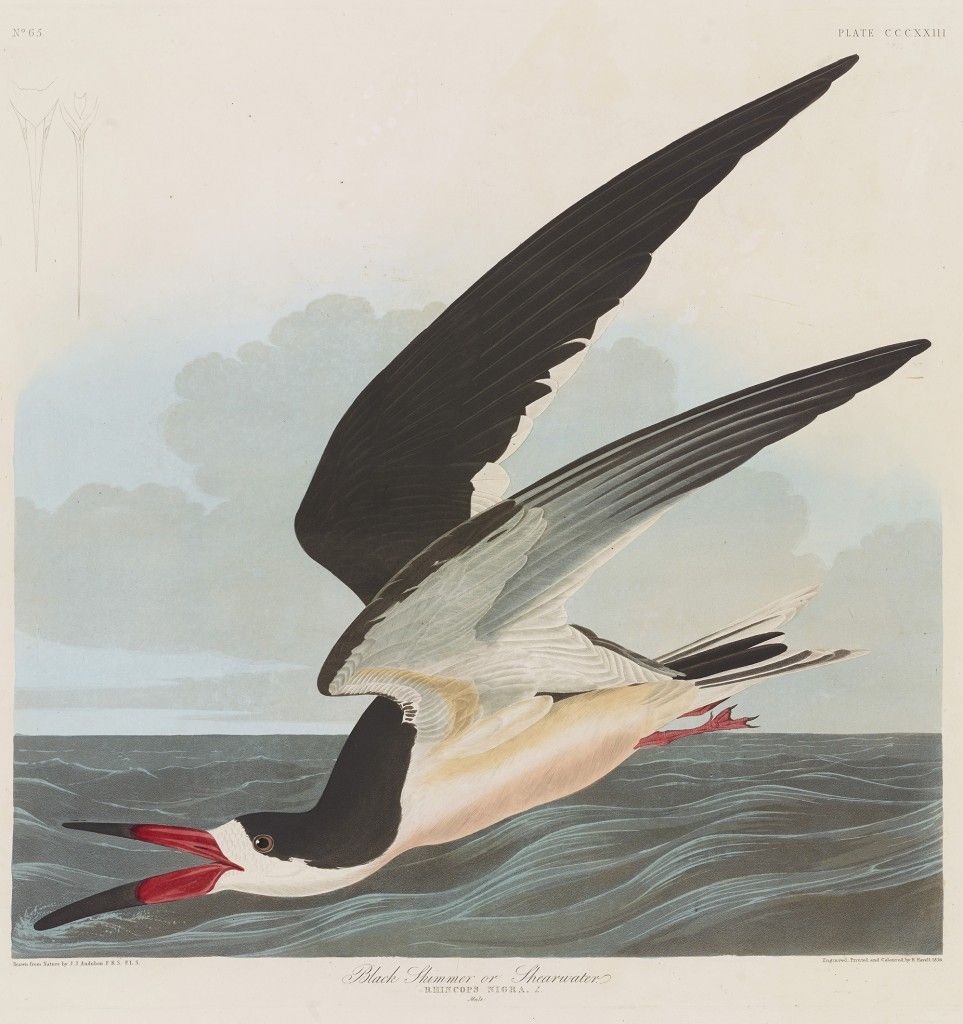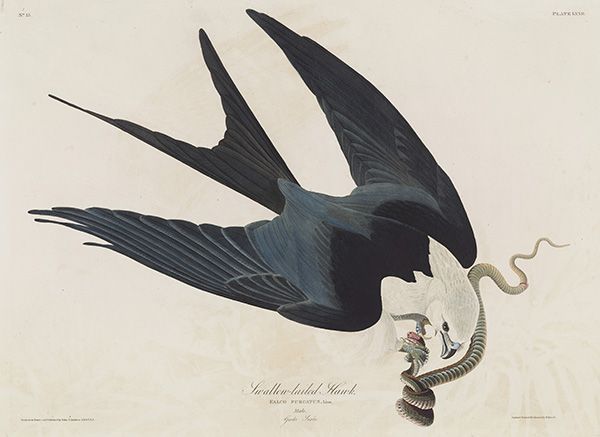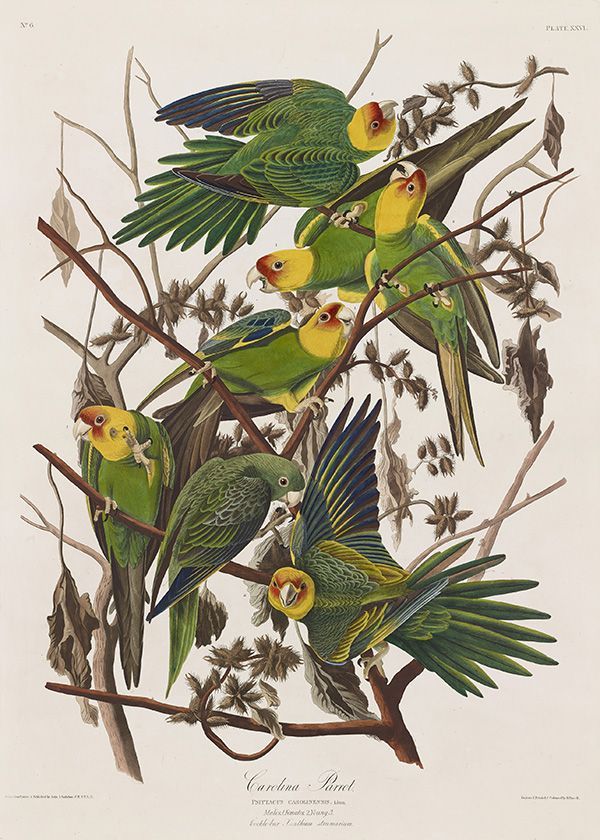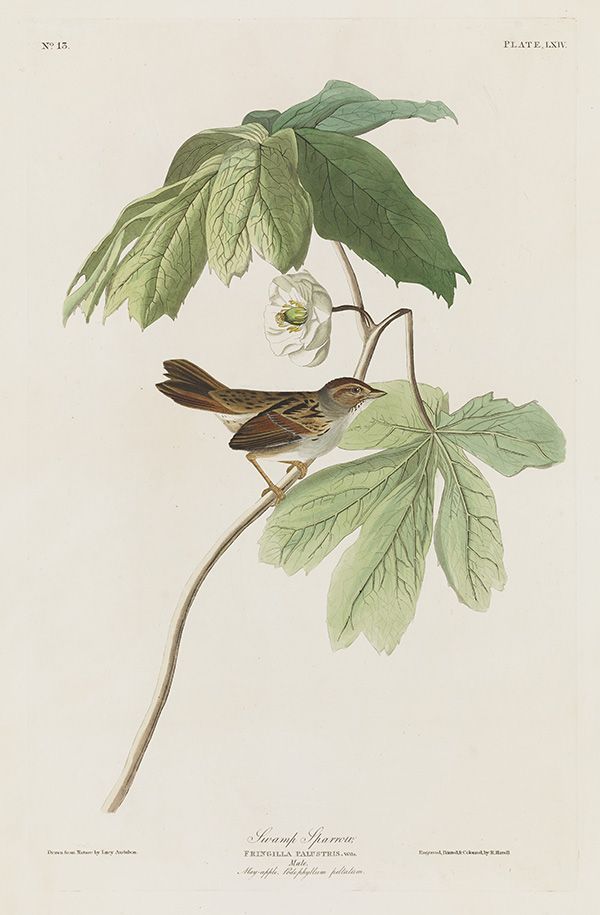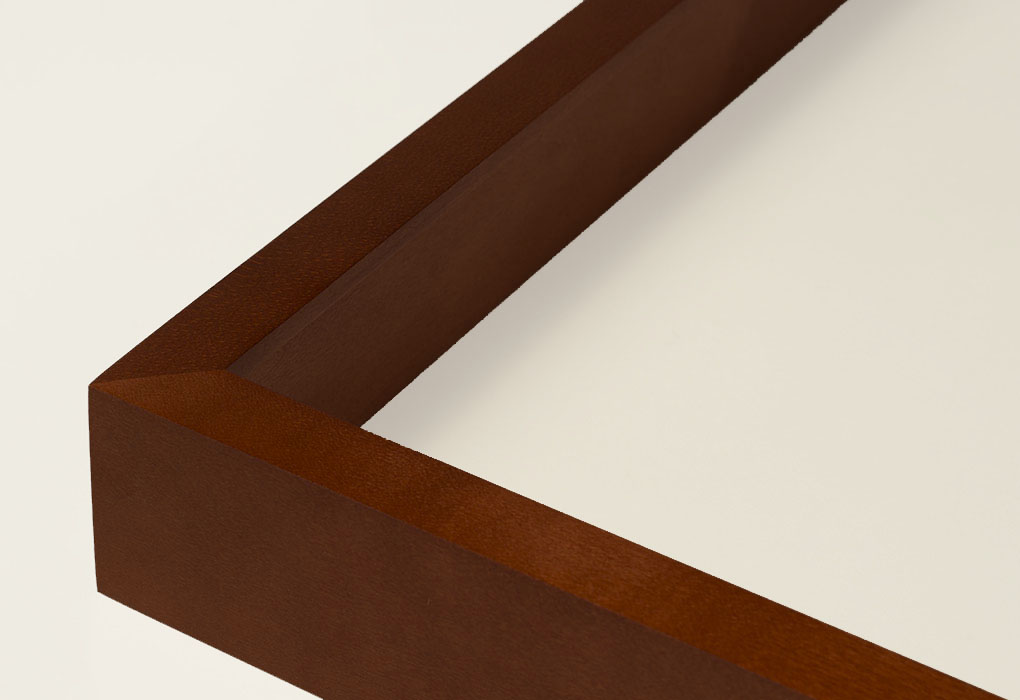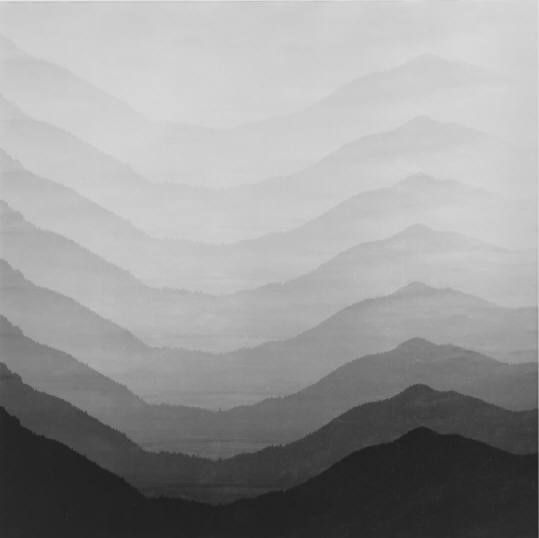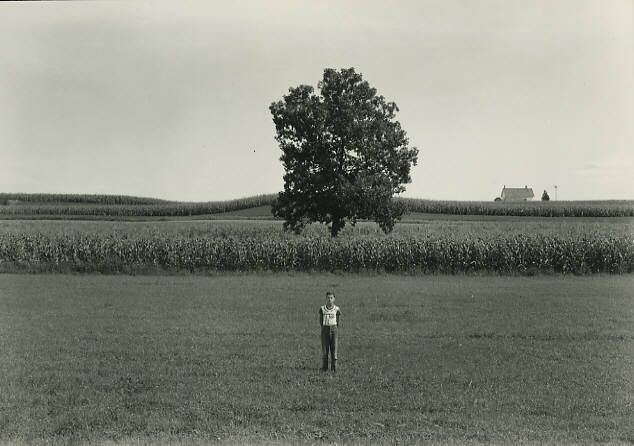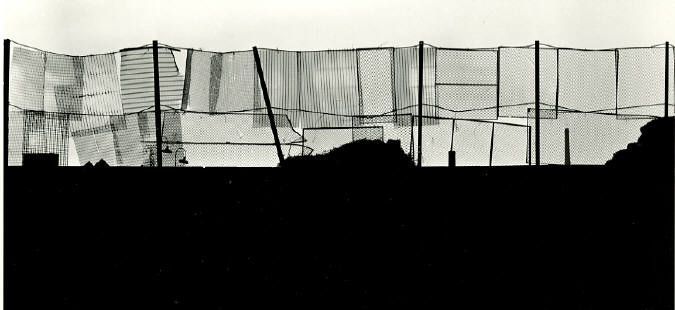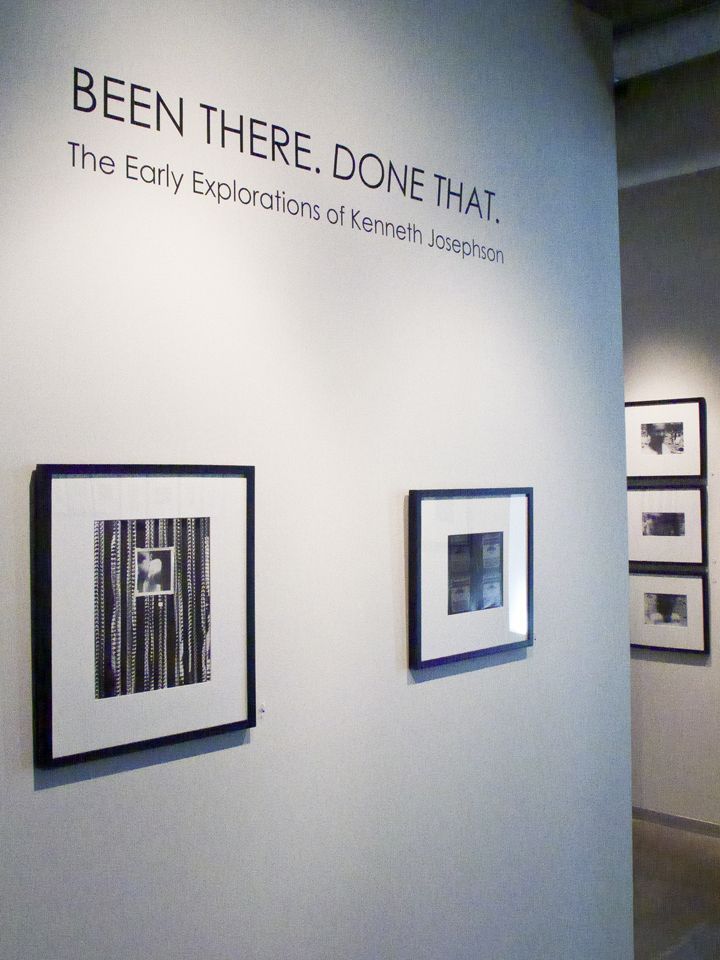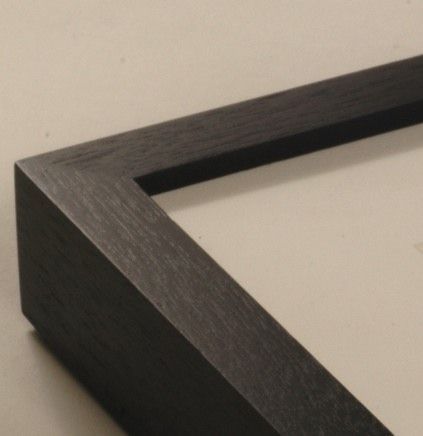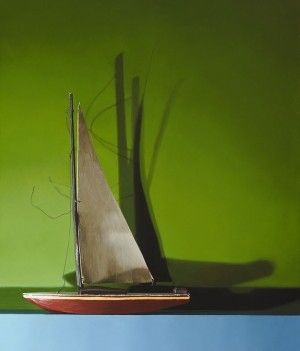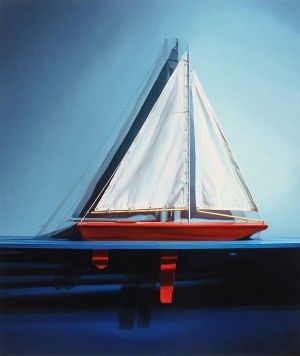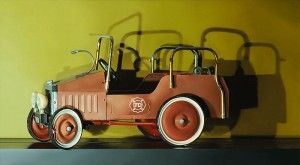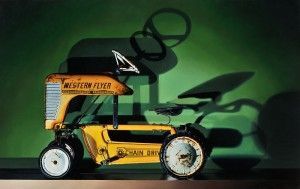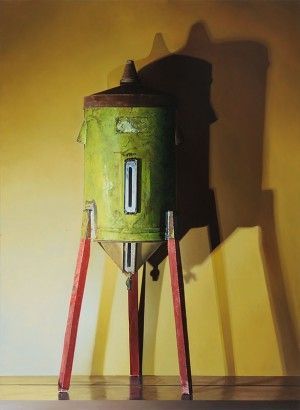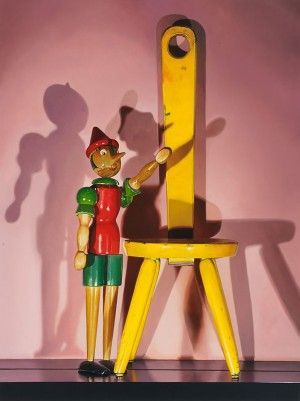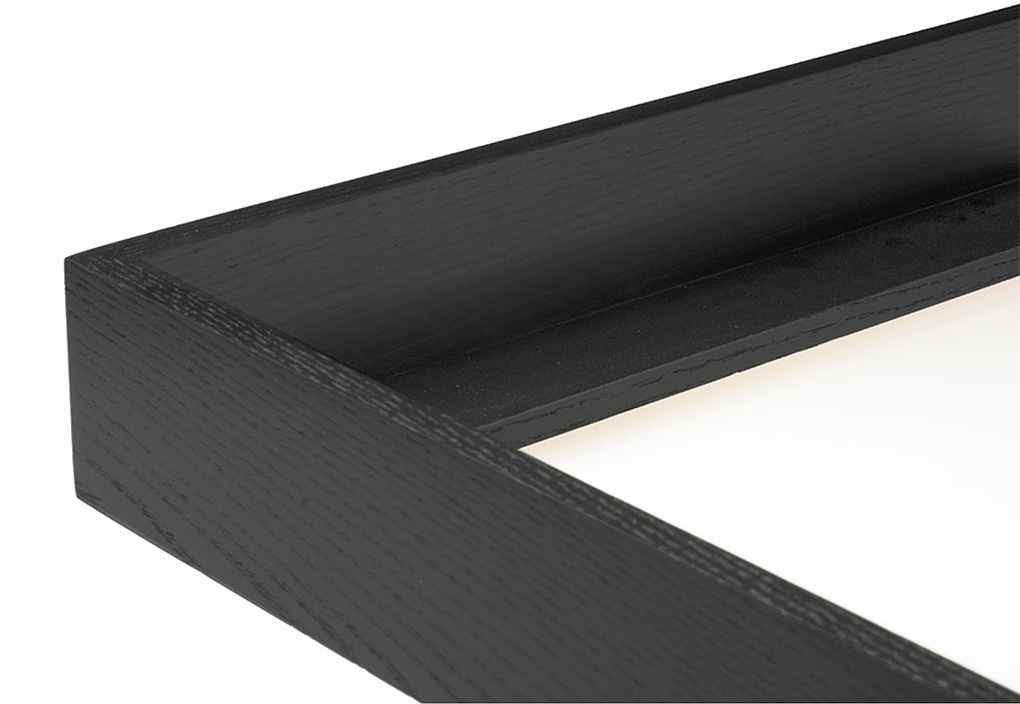Laurie Frick: Walking, Eating, Sleeping
Laurie Frick opens an exhibit at the Marfa Contemporary Gallery “Walking, Eating, Sleeping” and it takes an obsessive, quantitative look at daily life, drawing on Frick’s background in engineering and technology.The artwork of Laurie Frick explores the intersection of technology and creativity as the artist herself adopts a daily regimen of self-tracking that measures her activities and body. In doing so, she shapes a vocabulary of pattern used to construct her intricately hand- built works and installations. Her quantifiable patterns, like her heart rate, the duration of her sleep or body weight are some of the metrics that inspire her colorful and complex works. “Numbers are abstract concepts but we recognize pattern intuitively. I’m experimenting with wall size patterns that anticipate the condition of our daily-selves. Very soon walls and spaces we occupy will be filled with easy to decode patterns – a visual record of how we feel, stress level, mood, bio-function captured, digitally recorded and physically produced using 3D printers and lasercutters. Human data portraits transcribed as pattern from the all the sensor data collected about us.Will it kill the mystery of being human, simply magnify our defects or will sensors and a mass of measurements acknowledge and present patterns of self-examination that lure us into a future of self-quantification that is irresistible?” Laurie Frick is a TED Award winner.
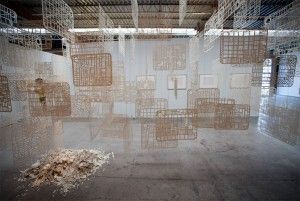 |
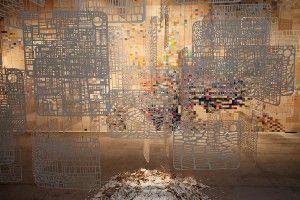 |
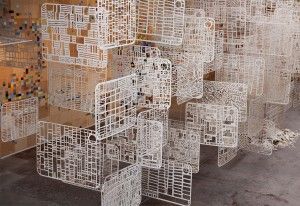 |
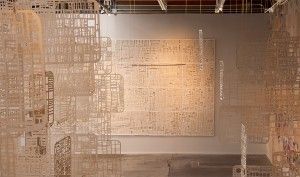 |
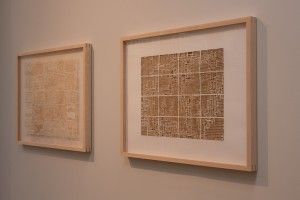 |
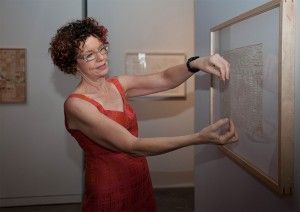 |
Laurie Frick: Walking, Eating, Sleeping
September 10 – Janaury 3, 2014
Artist Talk Sunday Oct 13 at 11.30 am
Marfa Contemporary
Marfa, TX 79843
FRAMING SPECIFICATIONS AND ADVICE
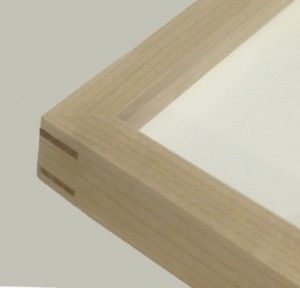
METRO GALLERY FRAME
Thin Profile: 114
Type: Thin Gallery Frame
Wood & Finish: Unfinished Ash Wood Frame
Purchasing Option: joined wood frame with contrasting splines
Framing Advice: fitting gallery frames
